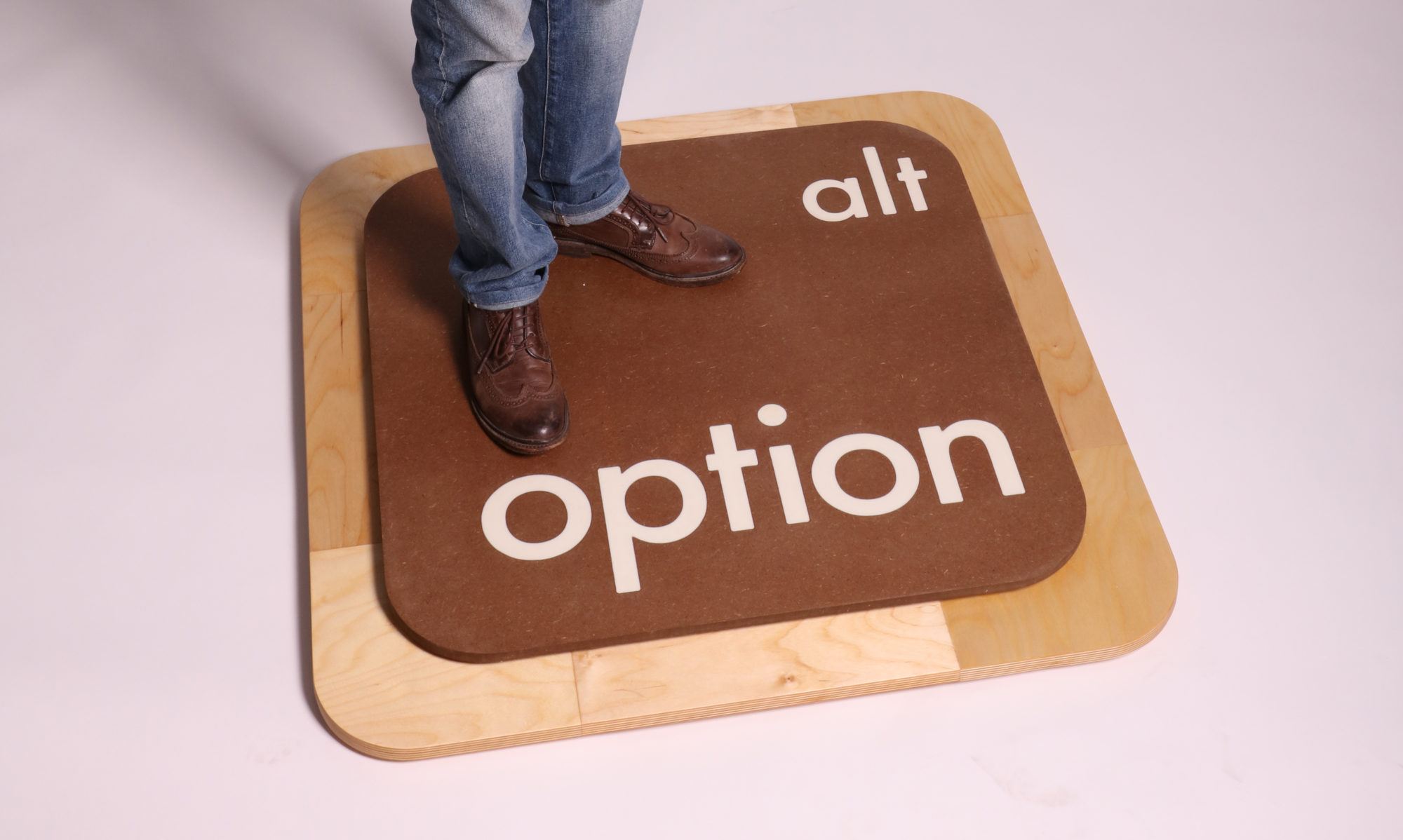What are the challenges a team faces when working on an educational game?
Designing an educational game involves balancing the goals of different experts. Game designers want fun and interactivity, pedagogy experts care about effective learning, and content experts focus on accuracy. Each discipline speaks its own “language,” which makes collaboration difficult. The biggest challenge is finding a way to meet all these needs without compromising the game’s overall quality or purpose.
In the case study, team members vetoed each other’s game ideas. What were the scientist’s, pedagogy expert’s, and designer’s issues?
The scientist rejected game ideas that didn’t align with real science or used inaccurate information. The pedagogy expert opposed game levels that could block students from accessing educational content and later criticized replayability when it led to uneven learning experiences. Meanwhile, the game designer dismissed ideas from the other two because they didn’t feel like “real games” or lacked compelling gameplay. Each expert was stuck in their own perspective, making it hard to agree on a shared direction.
What did the team learn from playtesting their prototypes?
Playtesting showed that some of their assumptions didn’t match how players actually behaved, as well as led to major changes in the game’s structure, pacing, and content delivery. For example, players weren’t as interested in reading detailed content as expected, so the team simplified and made it more visible. It also helped them see how different player types responded to the game, especially the differences in how male and female players engaged with it.
How does playtesting resolve conflicts among team members?
Playtesting moves the conversation away from theory and into real evidence. Instead of arguing about what might or could work, the team can observe what actually happens when people play the game. It forces team members to confront whether their ideas hold up in practice, and this helps everyone make decisions based on what improves the player’s experience. Ultimately, it shifts focus from individual opinions to shared outcomes.
